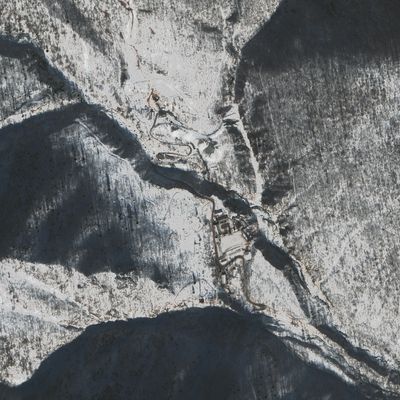
On September 3, North Korea tested a hydrogen bomb in the tunnels beneath mile-high Mount Tanap. It was the sixth and most powerful nuclear test conducted at the site. The blast registered as a 6.3 magnitude earthquake and four subsequent quakes, registering between magnitudes two and three, have rocked the northeastern part of the country since.
Days after the blast, satellite images showed evidence of landslides as the powerful bomb inflicted unprecedented levels of damage on the area. “These disturbances are more numerous and widespread than what we have seen from any of the five tests North Korea previously conducted,” said the website 38 North, which analyzes North Korea.
Now researchers are suggesting that Mount Tanap is suffering from something called “tired mountain syndrome,” which happens when rocks beneath the land shift and fracture in unforeseen and unknowable ways.
This fear has led some to speculate that Pyongyang may be forced to abandon its first and only nuclear test site. One South Korean expert told CBS News that further tests at the site could be “potentially suicidal.” Another expert told NBC News that the ongoing tremors and landslides at the site mean another test “could risk radioactive pollution.”
But 38 North this week said that the risks are unlikely to deter Kim Jong-un.
Experts in China say the consequences of that could be catastrophic. Wang Naiyan, formerly of the China Nuclear Society, warned in the South China Morning Post of the potential for what’s called “taking the roof off.”
“If the mountain collapses and the hole is exposed, it will let out many bad things,” he said.





























